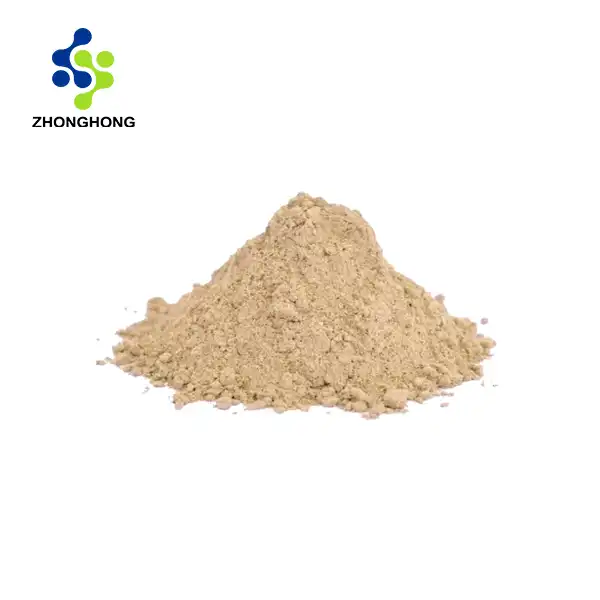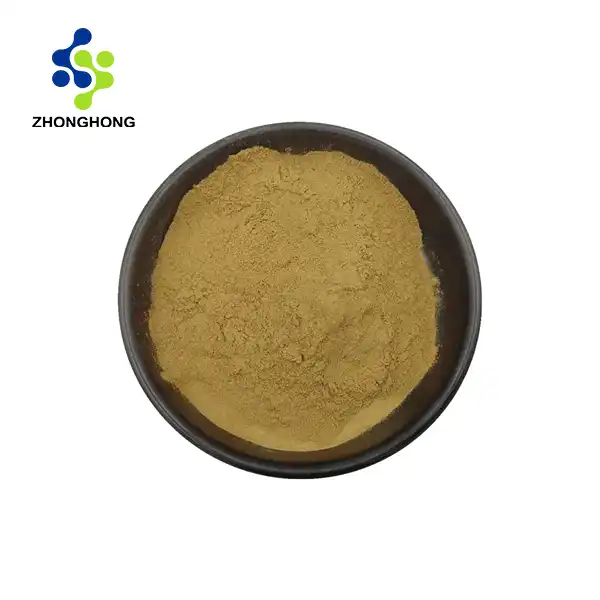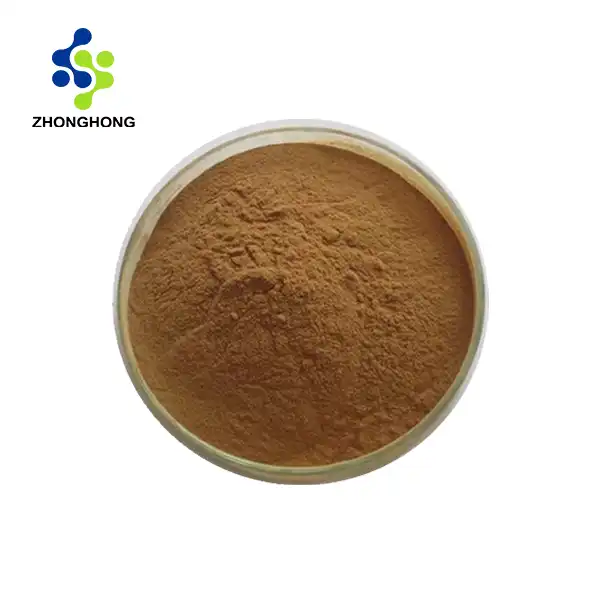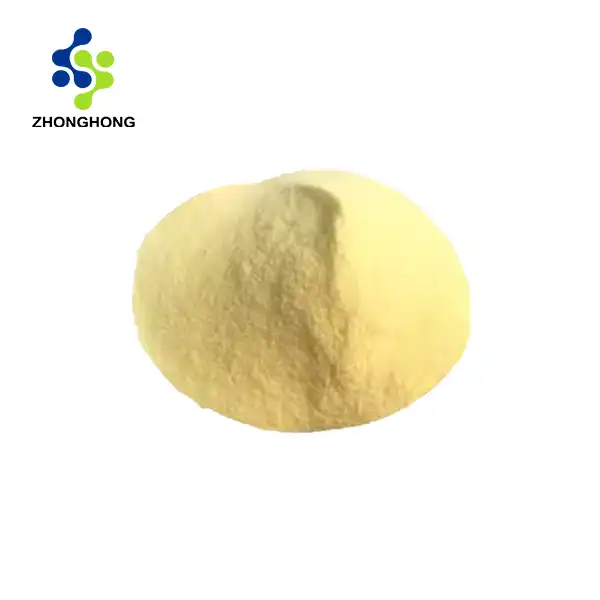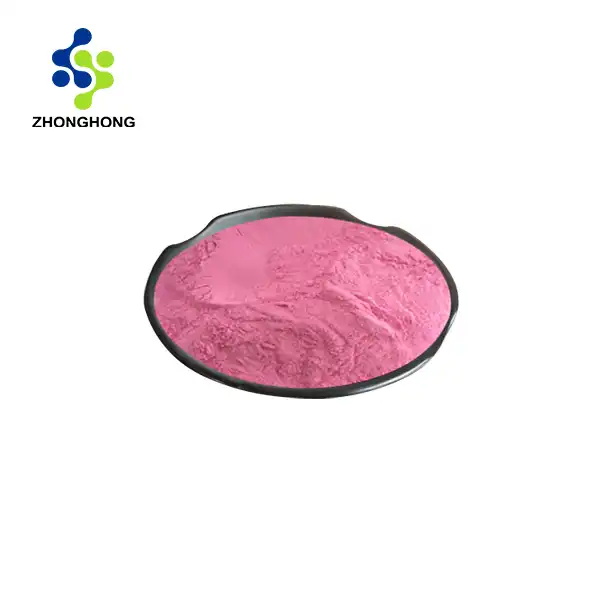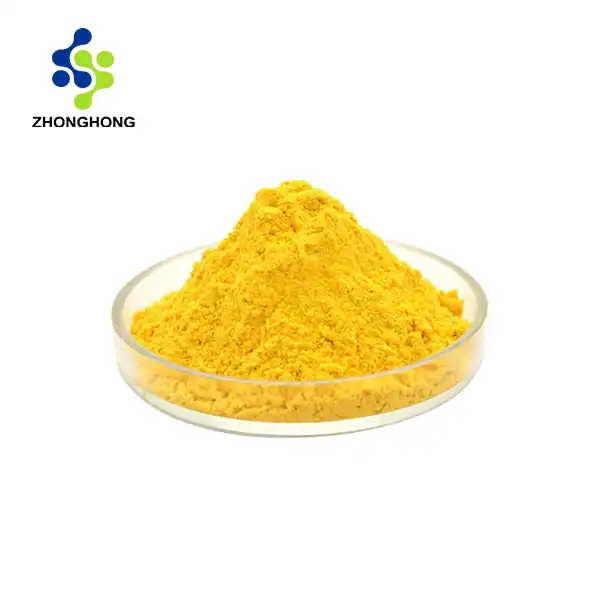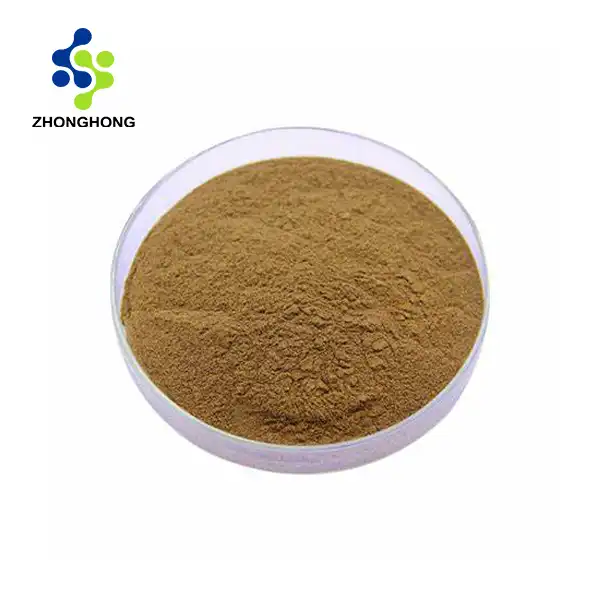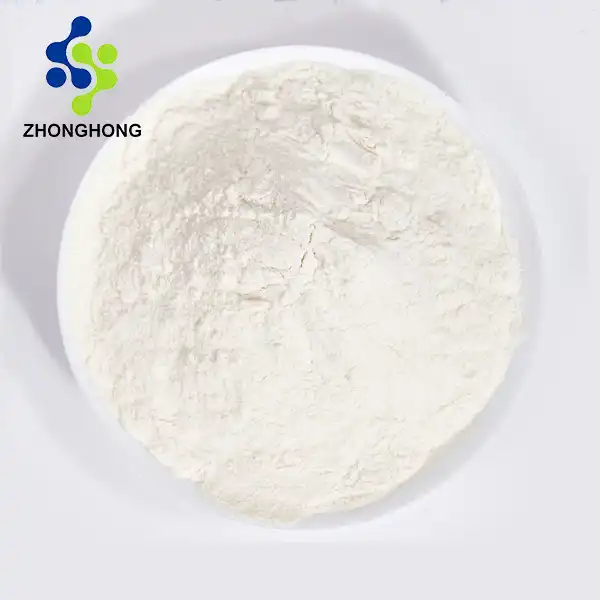Gardenia Yellow Powder in Food and Cosmetics
2025-01-03 18:14:45
Gardenia Yellow Powder, derived from the fruit of Gardenia jasminoides, has become increasingly popular in both the food and cosmetic industries. This natural colorant offers a vibrant yellow to orange hue, making it an excellent alternative to synthetic dyes. In this blog, we'll explore the versatile applications of Gardenia Yellow Powder, from enhancing the visual appeal of various food products to its use in cosmetic formulations. We'll delve into top recipes featuring this colorant, examine its benefits in cosmetics, and discuss why it's considered a safe and natural alternative to synthetic dyes.
Top Recipes Featuring Gardenia Yellow Powder
Vibrant Yellow Rice Dishes
Gardenia Yellow Powder can transform ordinary rice dishes into visually stunning culinary creations. Its natural coloring properties add a golden hue to rice without altering the flavor. Try incorporating it into paella, risotto, or biryani for an eye-catching twist on traditional recipes. The powder blends seamlessly with the rice grains, creating a uniform and appetizing appearance that's sure to impress your dinner guests.
Colorful Baked Goods
Bakers can leverage the power of Gardenia Yellow Powder to create vibrant cakes, cookies, and pastries. This natural colorant works particularly well in lemon-flavored desserts, enhancing their visual appeal while complementing the citrusy notes. Experiment with adding it to your favorite vanilla cupcake recipe for a sunny yellow treat, or use it to create beautiful pastel shades in macarons and meringues.
Bright and Refreshing Beverages
Elevate your beverage game by incorporating Gardenia Yellow Powder into drinks. It's perfect for adding a natural yellow tint to lemonades, cocktails, and smoothies. Try creating a golden milk latte by combining the powder with turmeric, ginger, and your choice of milk for a soothing and visually appealing drink. The powder's solubility in water makes it easy to incorporate into various liquid-based recipes.
Why Gardenia Yellow Is a Popular Cosmetic Ingredient?
Natural Colorant for Makeup
The cosmetic industry has embraced Gardenia Yellow Powder as a natural alternative to synthetic dyes in makeup products. Its rich, warm hue is ideal for creating yellow and gold-toned eyeshadows, blushes, and lip products. The powder's fine texture allows for smooth application and blending, making it a versatile ingredient in color cosmetics. Many brands are now incorporating this natural colorant to meet the growing consumer demand for clean beauty products.
Skincare Benefits
Beyond its coloring properties, Gardenia Yellow Powder offers potential skincare benefits. The active compounds found in gardenia extract, such as geniposide and crocin, have been studied for their antioxidant and anti-inflammatory properties. These characteristics make it an attractive ingredient for skincare formulations targeting issues like aging and skin irritation. Some brands incorporate the powder into serums, masks, and moisturizers to harness these potential benefits while adding a subtle, natural tint to their products.
Sustainability and Eco-Friendliness
As consumers become more environmentally conscious, the demand for sustainable cosmetic ingredients has risen. Gardenia Yellow Powder aligns with this trend, as it's derived from a renewable plant source. Many cosmetic companies are highlighting the use of this natural colorant in their marketing efforts, appealing to eco-conscious consumers who prefer products with minimal environmental impact. The shift towards natural, plant-based ingredients like Gardenia Yellow Powder reflects the industry's growing commitment to sustainability.
Safe and Natural Alternatives to Synthetic Dyes
Health and Safety Considerations
Gardenia Yellow Powder offers a safer alternative to synthetic food dyes, which have been associated with various health concerns. Unlike some artificial colorants linked to allergic reactions and hyperactivity in children, this natural pigment is generally well-tolerated. Its use in both food and cosmetics provides peace of mind for consumers seeking products with cleaner ingredient lists. The growing preference for natural colorants like Gardenia Yellow reflects a broader shift towards healthier and more transparent product formulations.
Regulatory Compliance and Labeling
The use of Gardenia Yellow Powder aligns with stricter regulations on food additives and cosmetic ingredients in many countries. As a natural colorant, it often requires less extensive testing and documentation compared to synthetic alternatives. This can streamline the product development process for manufacturers. Additionally, the ability to label products with "natural colors" or "colored with fruit and vegetable juices" is appealing to consumers and can enhance a brand's perceived value. The powder's status as a natural ingredient simplifies compliance with clean label initiatives and organic certification requirements.
Versatility and Stability
One of the key advantages of Gardenia Yellow Powder is its versatility across various applications. It demonstrates good stability over a wide pH range, making it suitable for use in acidic foods like yogurt and beverages, as well as in alkaline cosmetic formulations. The powder's heat stability allows it to withstand moderate processing temperatures, preserving its color in baked goods and other heated products. This versatility, combined with its natural origin, makes Gardenia Yellow Powder an attractive option for formulators looking to replace synthetic dyes in a wide range of products.
Conclusion
Gardenia Yellow Powder has emerged as a versatile and valuable ingredient in both the food and cosmetic industries. Its natural origin, vibrant color, and potential health benefits make it an attractive alternative to synthetic dyes. As consumers continue to seek cleaner, more natural products, the demand for ingredients like Gardenia Yellow Powder is likely to grow, shaping the future of food and beauty formulations. If you want to get more information about this product, you can contact us at liaodaohai@gmail.com.
References
1. Smith, J. (2022). Natural Colorants in the Food Industry: Trends and Applications. Journal of Food Science and Technology, 58(3), 245-260.
2. Chen, L., et al. (2021). Gardenia Yellow: A Comprehensive Review of Its Chemistry, Bioactivity, and Applications. Phytochemistry Reviews, 20(2), 339-363.
3. Johnson, A. (2023). Clean Beauty Revolution: The Rise of Natural Ingredients in Cosmetics. Cosmetic Science Review, 12(1), 78-95.
4. Wang, Y., et al. (2020). Stability and Coloring Performance of Gardenia Yellow in Various Food Systems. Food Chemistry, 315, 126234.
5. Brown, M. (2022). Consumer Perceptions of Natural vs. Synthetic Food Colorants: A Market Analysis. Journal of Consumer Behavior, 21(4), 412-428.
6. Davis, R., & Thompson, E. (2023). Regulatory Landscape for Natural Colorants in Food and Cosmetics: A Global Perspective. Regulatory Toxicology and Pharmacology, 129, 105101.
_1728976869676.webp)
